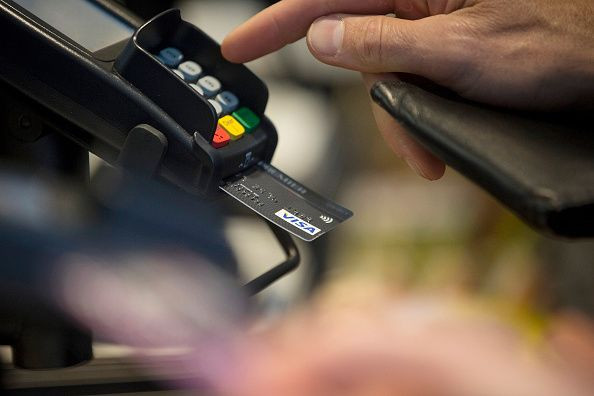Merchants Without Chip Readers On The Hook For Tens Of Millions Of Dollars In Fraudulent Purchases

Your new bank card with the fancy, more secure chip might just be sticking your favorite store with a nasty bill, the Wall Street Journal reported.
In the past, when purchases were made using counterfeit cards, the bank picked up the tab, leaving the merchant and cardholder protected from the wiles of ne’er-do-wells.
But since October, U.S. retailers have been the ones who have to cover the cost of fraudulent purchases, not banks. October was the deadline for all U.S. merchants to be able to process payments made by chip cards; the banks backing the cards no longer make merchants whole if the store can’t process chip card payments.
That’s led to tens of millions of dollars in lost revenue for small- and medium-sized stores.
Although the credit card industry’s deadline was six months ago, only 22 percent of merchants actually are processing payments using the chip, the Journal said, citing a report from consulting firm Boston Retail Partners. The other 78 percent’s reasons for not having pulled the chip trigger yet vary from seasonal worries (not wanting to disrupt the holiday shopping season), to the new payment terminals not working correctly, to not being able to have their payment systems certified.
And the fraud keeps piling up. Data from the Strawhecker Group, an electronic payment advisory company, indicates the number of these fraudulent charges increased 15 percent in the last three months of 2015, compared to the year before.
For smaller stores not on the scale of, say, Target or Home Depot, having to foot the bill for fraudsters is proving quite the burden. One unlucky grocery chain, Harps Food Stores, got stuck with a $4,000 tab in a single day when a fraudster hit nine of its stores. The chain operates 80 stores in Arkansas, Oklahoma, Kansas and Missouri.
© Copyright IBTimes 2025. All rights reserved.






















